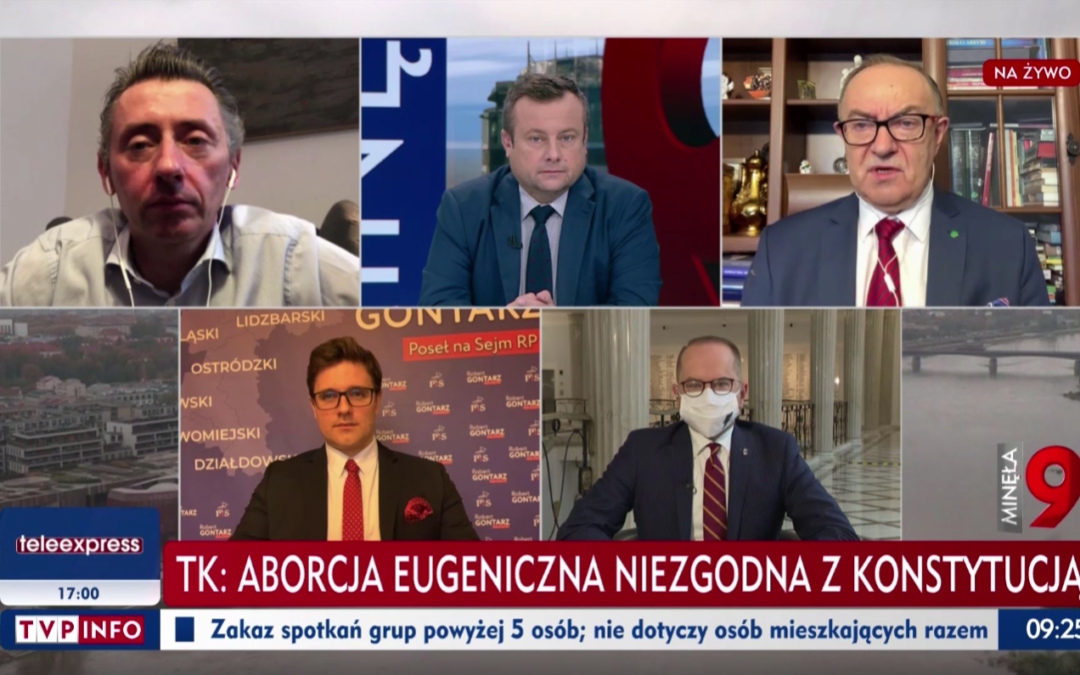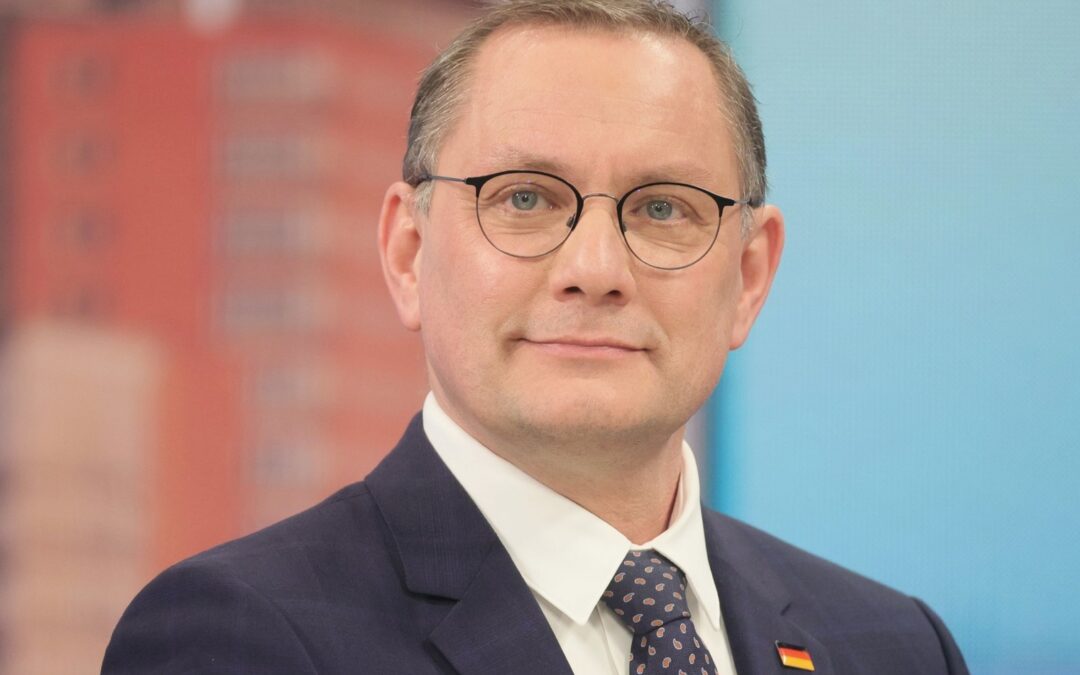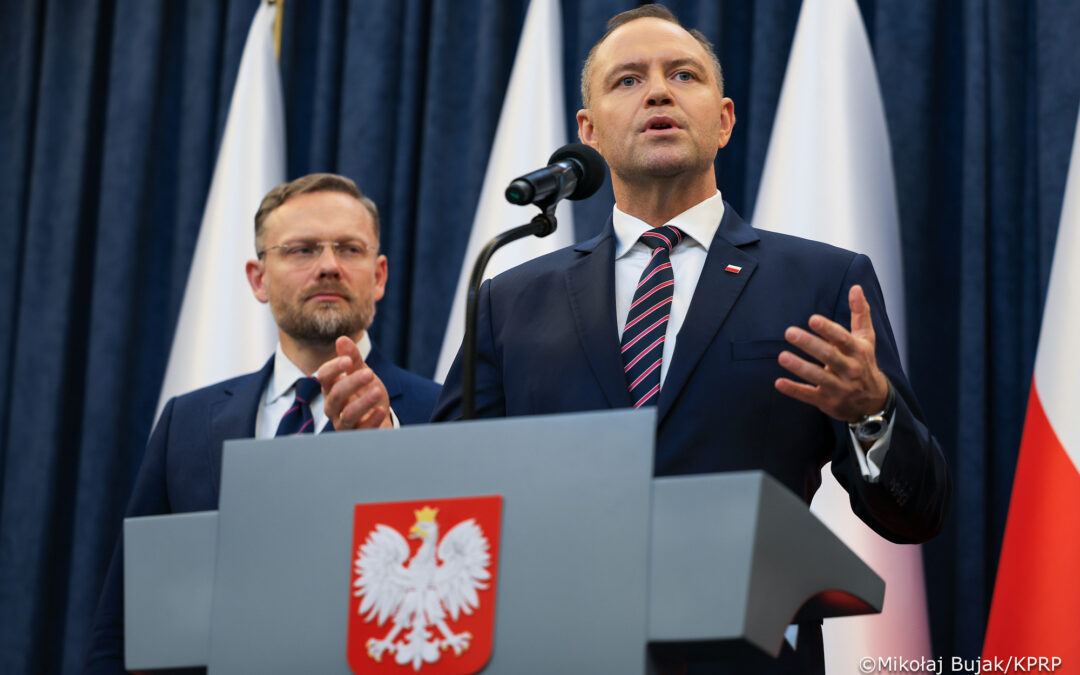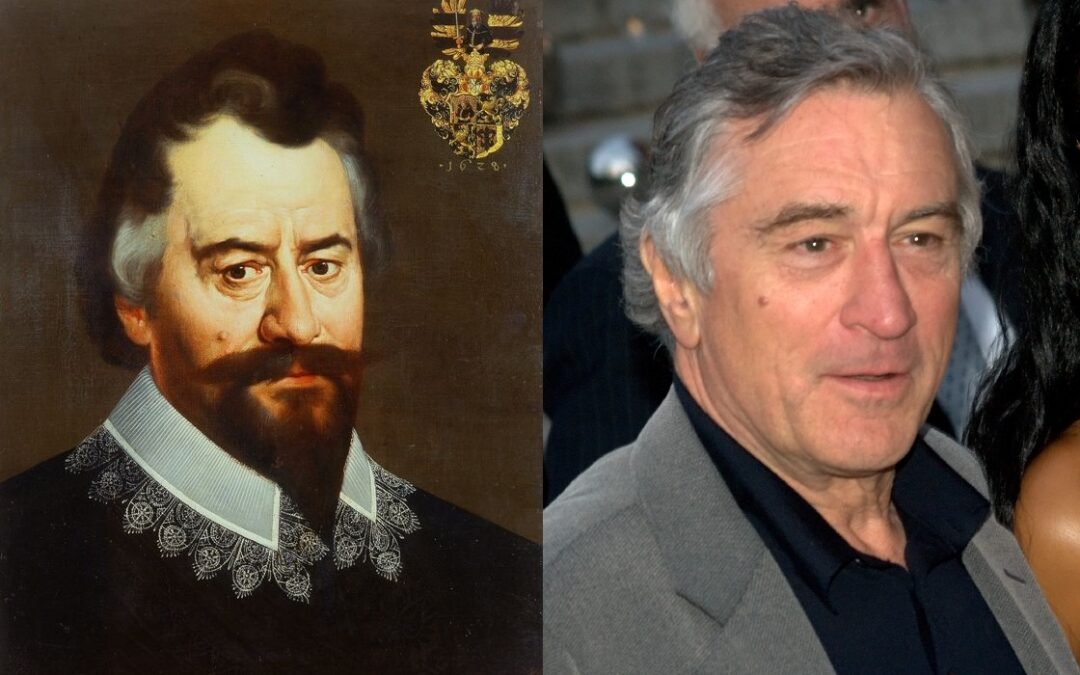Women are significantly underrepresented in flagship programmes in Polish media, a report by a media think tank has found. Only one in every five commentators on current social and political affairs appearing on radio and television is a woman.
On public media channels, female representation is even rarer, and many programmes do not feature any female commentators. The number of women was higher in the wake of the Constitutional Tribunal abortion ruling in autumn, but soon fell again.
Udział kobiet w programach publicystycznych wynosi ok. 20%
Często zdarza się, że kobiety stanowią mniej niż 10% zapraszanych do programu gości.Więcej w raporcie @Zamenhof_pl
Dobra robota: @PawelPrus, @BochynskaNikola 🙏🏻⤵️⤵️⤵️https://t.co/gvxqfGSuFk pic.twitter.com/5FMpBo774c
— Wojtek Kardys (@WojtekKardys) March 5, 2021
The Zamenhof Institute, a newly established organisation set up to monitor media in Central and Eastern Europe, conducted a study to assess the level of gender inequality among experts invited to speak in Polish media.
The study monitored programmes on state and private media for ten days in a row and then again four weeks later. The report covered 214 editions of the shows altogether.
The researchers decided to begin analysing the media just after the Constitutional Tribunal had issued a ruling that virtually ended legal abortion in Poland. They wanted to determine if such a key issue concerning women’s rights would influence the percentage of women experts invited to voice their opinion.
In the first ten days, women made up 46% of the commentators. However, female experts exceeded 50% in seven just out of the 18 programmes, while in some flagship state TV shows they constituted less than 25% of guests.
In the second part of the study, conducted a month later, only 21% of commentators were women. The authors of the report also stressed that TV and radio programmes in which just one in ten guests are women are quite common.
“The voices in the Polish media are predominantly male,” the report concludes. If they are invited, women are most often in the minority, and certain programmes in extreme cases go for months without any female representation.
For the last five weeks every single guest has been male on the main Sunday political talk show on state TV.
That's 30 out of 30 (plus male presenters @michalrachon and @KZiemiec) pic.twitter.com/EjrWSngHbf
— Notes from Poland 🇵🇱 (@notesfrompoland) March 24, 2019
“What we are seeing on the screen just mirrors the reality,” said journalist Katarzyna Włodkowska, quoted in the report. “Women are still underrepresented in public life and thus they don’t appear as often in the media sphere.”
Włodkowska added that it is common on Polish television for debates on women’s rights to include only male voices.
“One of the roles of the media is to create models. If a young person doesn’t see female politicians, experts or journalists in the media, they will probably conclude that these are not professions for women,” Włodkowska said.
Many editors are fully aware of the inequalities and able to adjust their policy to include more women guests when when pressured by the public, the report found. Yet such changes are only temporary and superficial, and as soon as the pressure decreases, the share of women experts diminishes.
Some commentators point out that men are more willing to comment in public and thus are more often invited by TV or radio presenters. “I have friends who have kids, and are not willing to take part in any programme, but the assumption that a female expert will not accept an invitation due to chores at home is discrimination,” said Agata Szczęśniak, a journalist from OKO.press.
After a big mother's day #DzieńSuperMatki demonstration yesterday in support of the women protesting in parliament with their disabled children, the two main Sunday political chat shows include zero women among their 12 guests and 2 hosts #manels #Woronicza17 #KawaNaŁawę pic.twitter.com/mGOUyGA1GU
— Notes from Poland 🇵🇱 (@notesfrompoland) May 27, 2018
Szczęśniak added, however, that a change in the presence of women commentators and experts is already visible in social media. “I believe a change in the media is coming, as our society is changing,” she said.
Joanna Scheuring-Wielgus, an MP representing The Left, described the report as “catastrophic” for Polish media, but also a message to politicians. “Spring is coming – time for change,” she wrote on Twitter.
During coverage on the night of the second round of the presidential election in July, between 90 and 96% of guests on the three main TV channels were male. But under-representation of women is not confined to the media. In Poland’s seven presidential elections since 1990, only three women have stood among 71 candidates (one dropped out this year), none of whom has received more than 3% of the vote.
Poland's presidential election debate has begun. All 11 candidates are men.
No woman has ever served as president, and in Poland's six elections since 1990, only three women have stood among over 60 candidates. None has received more than 3% of the vote. pic.twitter.com/sGtTHFt4CF
— Daniel Tilles (@danieltilles1) June 17, 2020
Main image credit: TVP Info (screenshot)
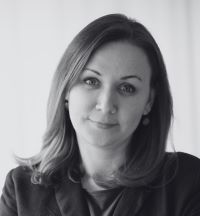
Agnieszka Wądołowska is deputy editor-in-chief of Notes from Poland. She is a member of the European Press Prize’s preparatory committee. She was 2022 Fellow at the Entrepreneurial Journalism Creators Program at City University of New York. In 2024, she graduated from the Advanced Leadership Programme for Top Talents at the Center for Leadership. She has previously contributed to Gazeta Wyborcza, Wysokie Obcasy and Duży Format.
